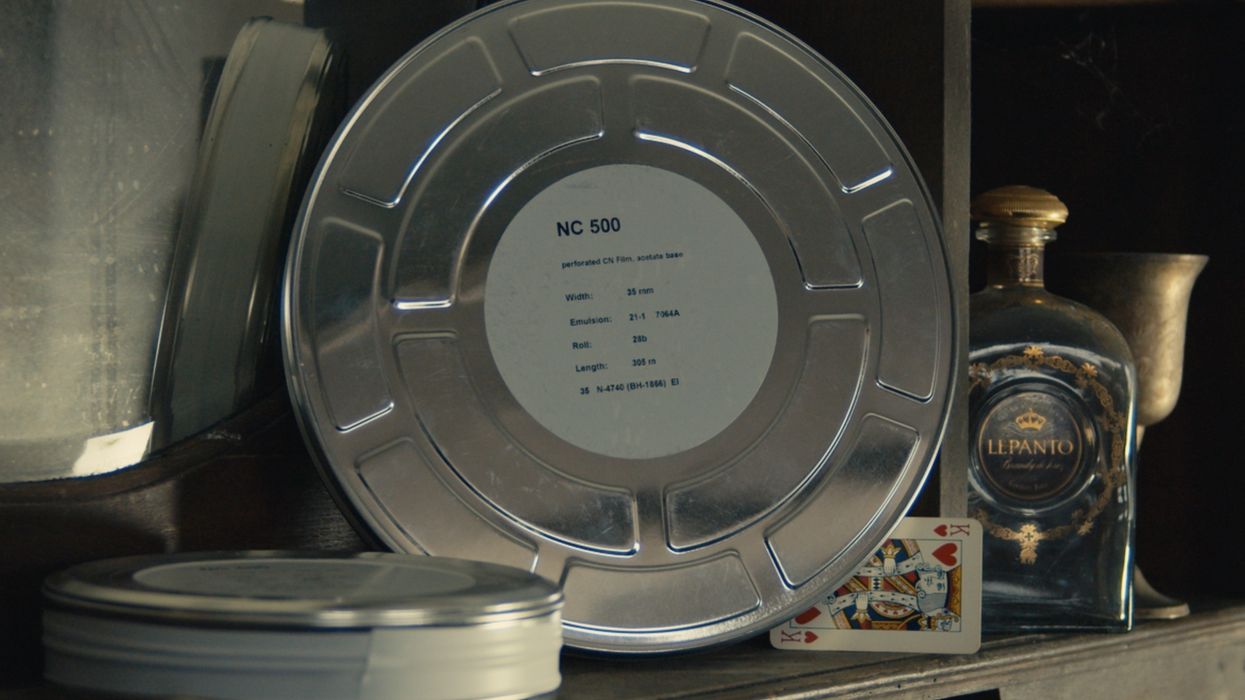A New Motion Picture Film Stock Arrives Thanks To ORWO
For the first time in over a decade, a brand new motion picture film is coming to market. But this isn’t a competitor to Kodak.

Visit the about page on the ORWO website and you’ll get a long history that spans WWII and the Cold War. It reads more like a spy thriller than the evolution of a photographic film company.
While you may not have heard of the name, the ORWO brand is alive and thriving after almost 114 years. Mostly known for its black & white archival film, the current company supplies the US Library of Congress with black and white industrial films and the likes of the Smithsonian and MOMA.
So, what does a company do after such success? They get back into show business, baby!
A Brand New Color Film Stock
The ORWO NC500 Colour Cine film stock is the first new color negative introduced in over a decade, which is exciting news for celluloid heads and cinematographers allergic to digital.
While Kodak is still creating its own popular VISION3 series, The NC500 isn’t meant to be a competitor but an alternative.

Rated at ASA 400, the new film stock comes in both 35mm and 16mm, and is designed without a Remjet layer. This allows it to be processed in either the traditional ECN2 (for motion picture films) or the photographic C41 process.
The C41 process can be found at any photo developer, while the ECN2 process is reserved for motion picture stock and can end up being expensive.
The Look
With the goal to make an alternative film stock for creatives, the folks behind ORWO have stated that they want to “create a versatile range of looks and provide a clear blank canvas for anyone to build any story upon.”
By using the C41 process, productions can run faster, more reliably, and greener. But how will the lack of a Remjet layer affect the stock and what does ORWO's new palette look like? Here’s a video from ORWO testing its new stock vs Kodak 250D:
What differences did you spot?
From what we can tell, the NC400 offers a low-contrast look with heavy grain, and the NC500 adds a bit of warmth on top of that.
Granted, most (if not all) of these parameters can be changed in post, so comparing these low-resolution images on YouTube really isn’t a good point of reference. However, thanks to David Jean Schweitzer, SOC, we’ll be getting another comparison in the near future.
Old Fast Glass opened its doors to allow Schweitzer and his team to run some more tests using two of his AATON Penelope cameras with matching primes and using Kodak’s 5219 500T for comparison. The results are still a few days away, but we’re excited to see what they discovered.
The Importance of NC500 Colour Cine Film Stock
Film isn’t going anywhere. No matter how good digital cameras get, the process of shooting on celluloid will never go out of fashion.
Even with the introduction of digital painting, artists still choose to use oils. But why? Is it nostalgia? Perhaps.
There is something to say about shooting on a piece of medium that’s tangible. Something that’s not just a collection of ones and zeroes stored as electricity. I choose to shoot film because it slows me down and forces me to consider the shot I’m about to take.

However, if you want to look at it, having the necessary tools to make movies is paramount. With ORWO’s new film stock, we have another tool we can keep in our belt for when the time is right. While the stock is still in the early days, it’s coming up quickly. If you want to learn more, visit ORWO's site.
What do you think about shooting on film? Are you surprised to see a new film stock coming to market? Let us know in the comments!
Check out weekly specials, deals, and rebates: Pro Video Gear, Pro Audio Gear, Lighting
Source: ORWO











